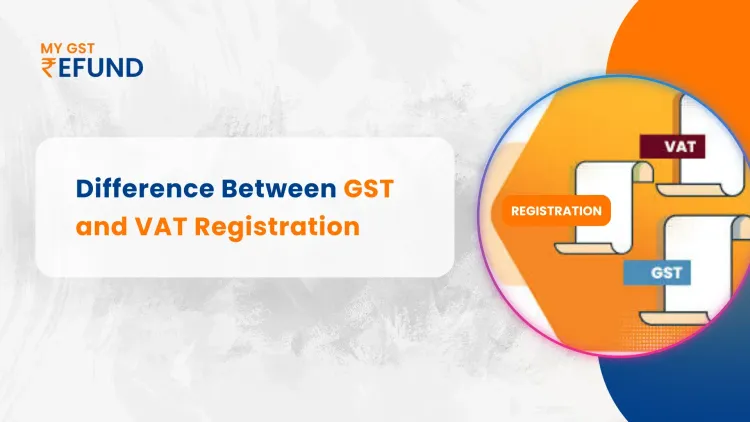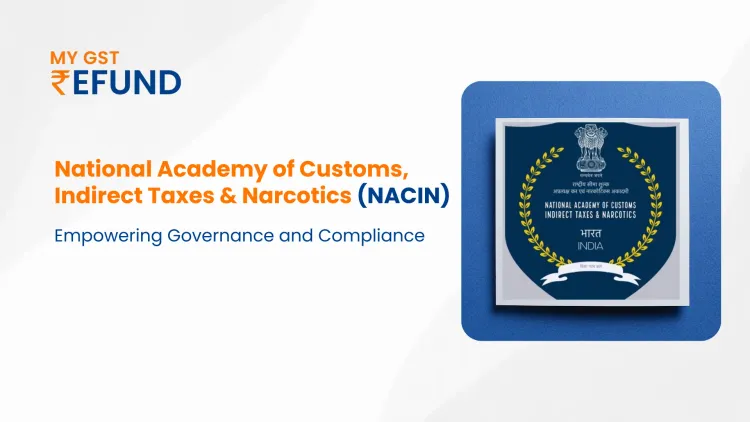What is GSTR-3B Return
Published on: Mon Jan 15 2024
Bio (Reveal/Hide)

Meaning of GSTR-3B
GSTR-3B is a concise report card for your business's GST performance. It summarizes your outward supplies (sales), inward supplies (purchases), tax liability, and input tax credit (ITC) claimed for a specific month. This single document serves as a crucial tool for both the government and your business:
- For the Government: It facilitates efficient tax administration, tracking tax payments and ensuring compliance.
- For Your Business: It streamlines tax filing, reduces paperwork, and helps you monitor your tax liability and ITC utilization.
Who Must File the GSTR-3B Return?
Every registered taxpayer under the GST regime is obligated to file the GSTR-3B return, with a few exceptions:
- Composition taxpayers: These small businesses have a simplified tax filing process and don't need to file GSTR-3B.
- Non-resident taxpayers: They have specific filing requirements depending on the nature of their transactions.
Claiming ITC in GSTR-3B
GSTR-3B facilitates claiming ITC under various sections:
- Section 4 (Eligible ITC): This section allows claiming ITC on purchases of goods and services used for taxable supplies. Details like invoice value, CGST, SGST, and IGST paid need to be accurately entered.
- Section 5 (Exempt, Nil and Non-GST inward supplies): ITC on specified exempt supplies, nil-rated supplies, and non-GST supplies can be claimed in this section. Specific eligibility conditions apply.
- Section 5.1 (Interest and Late Fee): Late fee paid on delayed taxes and interest on delayed payment of tax can be claimed as ITC in this section.
Also Read: GST Return Filing and New Regulations
Why is Filing the GSTR-3B Return Important?
Timely and accurate filing of the GSTR-3B return holds immense significance for your business:
- Compliance: Failure to file or filing inaccurately can attract penalties and interest, impacting your business reputation and future compliance.
- ITC Claiming: GSTR-3B is your gateway to claiming ITC on eligible purchases, reducing your tax burden and boosting cash flow.
- Tax Liability Management: It helps you track your tax liability and make timely payments, avoiding late fees and potential legal issues.
- Business Insights: Analyzing GSTR-3B data provides valuable insights into your sales, purchases, and tax trends, aiding informed business decisions.
Revising the GSTR-3B Return
While revisions are not allowed within the GSTR-3B itself, you can rectify errors through subsequent returns:
- GSTR-9: This annual return allows adjusting discrepancies between GSTR-3B data and detailed transaction data reported in other returns.
- Offline Mode: In case of technical glitches, you can file rectification requests with supporting documents through the GST offline portal.
Also Read: GSTR-9: Due Date, Turnover Limit, and Compliance Details
Essential Details to be provided in the GSTR-3B Return
The GSTR-3B captures various aspects of your monthly GST transactions. Here's a snapshot of the key details you need to provide:
- Outward Supplies: This section includes details of all taxable and non-taxable sales made during the month, along with the applicable CGST, SGST, and IGST rates.
- Inward Supplies: This section captures details of all purchases made during the month, categorized based on taxability (taxable, exempt, nil-rated) and the ITC claimed on them.
- Tax Liability: Based on your outward and inward supplies, the GSTR-3B calculates your net GST liability for the month.
- ITC Claimed: This section summarizes the total ITC claimed on eligible purchases, offsetting your tax liability.
FAQs
What documents do I need for ITC claims?
Maintain proper invoices and purchase bills to substantiate your claims.
What are the eligibility criteria for claiming ITC?
Ensure you understand the specific conditions for claiming ITC under each section of GSTR-3B.
Can I claim ITC on late payment interest?
Yes, under Section 5.1, late fee and interest paid on delayed taxes can be claimed as ITC.
Related Posts






